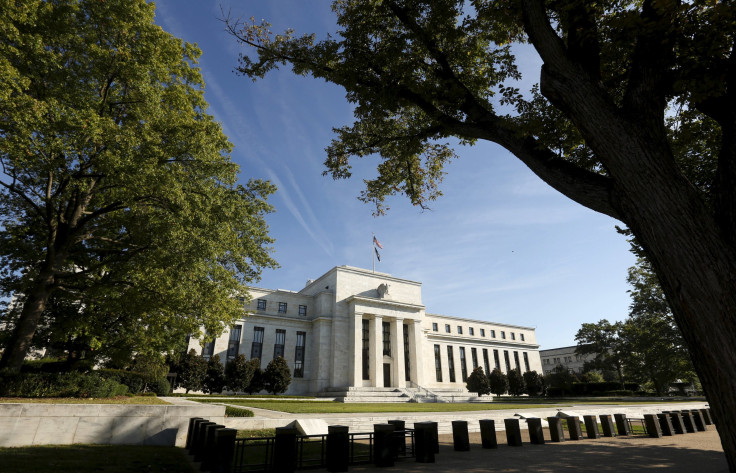US Fed's October Meeting Minutes Likely To offer Clues On Pace Of December Rate Hike

Even as prospects of a rate hike by the U.S. Federal Reserve now look increasingly likely, investors and bond traders would look to the Fed’s October meeting minutes, to be released at 2.p.m. EST Wednesday, for clues on how quickly policy makers plan to raise rates. The minutes are likely to explain why -- after the fed officials emerged from their previous policy meeting late last month -- the central bank decided to send a clear message that it might raise short-term interest rates before year-end.
On Tuesday, data released by the U.S. Labor Department showed that the consumer price index rose 0.2 percent in October after falling the previous two months. And, excluding volatile food and energy prices, inflation advanced 1.9 percent over the same period last year -- meeting economists’ expectations and keeping hopes of a December rate hike alive.
“October's inflation numbers are just the sort of confirmation the Fed is looking for that domestic strength is generating inflationary pressures,” Leslie Preston, an economist at TD Bank, told the Associated Press.
Fed officials have repeatedly said that they want to be “reasonably confident” that long-sluggish U.S. inflation -- weighed down by low oil prices and a strong dollar -- will rise back to 2 percent before they begin raising rates.
The minutes may reveal discussions within the Fed relating to the pace of the rate hike, as well as operational details regarding the new policy tools -- such as the reverse repo program -- it intends to employ once it starts raising rates.
The reverse repo rate refers to the rate at which the country’s central bank -- in this case, the U.S. Fed -- borrows money from commercial banks. Under normal circumstances, the Fed increases or reduces small amounts of reserves in the banking system to manage interest rates. However, earlier this year, the Fed decided to expand the boundaries of the reverse repo program they intend to use to control short-term interest rates.
“That’s a pretty clear indication that more detail is a necessary pre-condition before liftoff,” Tom Simons, a government-debt economist in New York at Jefferies Group LLC, told Bloomberg.
Additionally, investors and traders -- including those in emerging markets that would be impacted by a rate hike -- would also peruse the minutes for a detailed description of Fed opinions and dissent within the Federal Open Market Committee, which is likely to provide a snapshot of the extent of disagreements between the doves and the hawks.
© Copyright IBTimes 2025. All rights reserved.






















